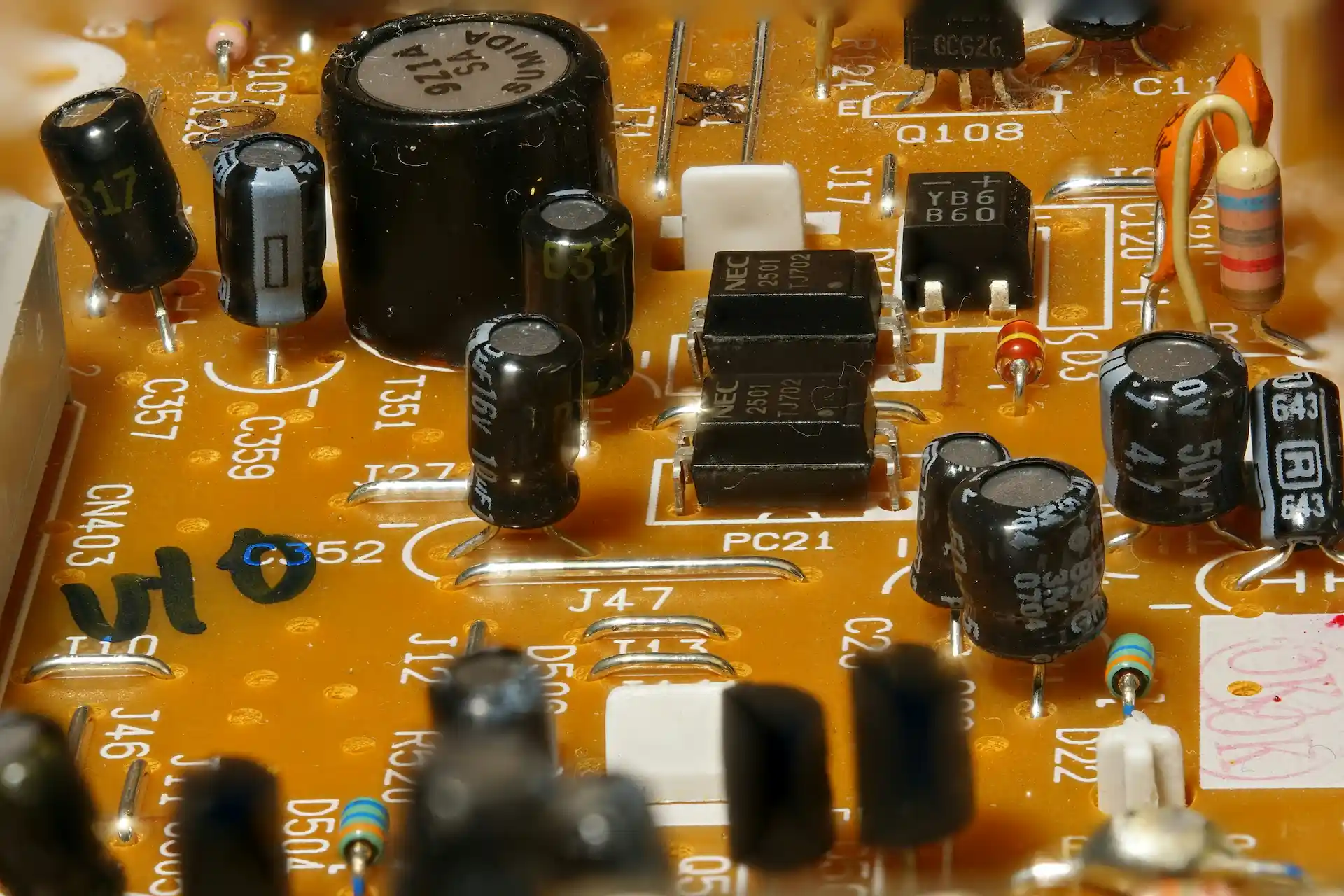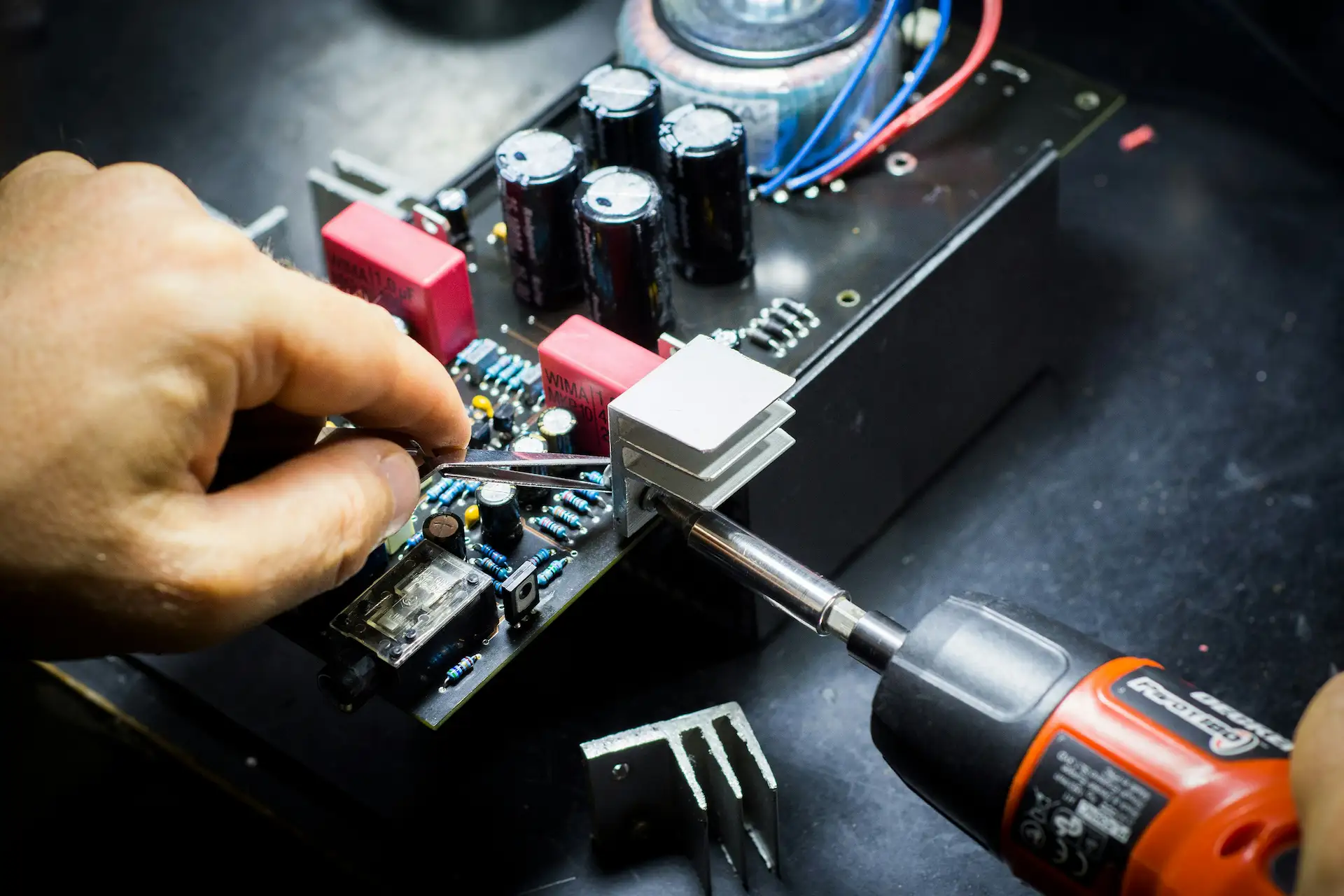What Are Soft Start Capabilities?
Soft start capabilities are your secret weapon against the wild, untamed surge of inrush current that hits when a device powers up. Picture this: you flick the switch, and instead of a chaotic flood of current overwhelming your system—tripping fuses, frying components, or stressing out a fused power source—soft start steps in like a seasoned conductor, orchestrating a smooth, gradual ramp-up of voltage or current. It’s all about control, precision, and keeping things calm, especially when the device powering your power supply is fused or comes with specific requirements that demand a bespoke approach.
At CustomPowerLabs, we don’t just slap a generic soft start feature on and call it a day. We offer soft start as a tailored option, meticulously designed to match your system’s quirks—whether it’s a fused battery pack with a hair-trigger trip point, a power supply with massive capacitors begging for a gentle touch, or a custom project with specs tighter than a drum. Inrush current can be a beast, but with our custom soft start solutions, it’s tamed, controlled, and turned into a non-issue, ensuring your devices power up smoothly and stay happy for the long haul.
Types of Soft Start Solutions We Offer
Resistor-Based Soft Start
The classic approach: a resistor limits the initial current surge, paired with a bypass mechanism (like a relay or MOSFET) that kicks in once the system stabilizes. It’s straightforward, reliable, and perfect for simpler setups—like when your fused power source needs a little breathing room during startup. We tweak the resistor value and timing to fit your exact needs, ensuring no fuse trips and no drama ensues.
NTC Thermistor Soft Start
For a self-regulating twist, NTC thermistors start cold with high resistance to choke back inrush current, then warm up and ease into full power flow. They’re brilliant for mid-tier applications—like industrial gear powered by a fused source—where you want simplicity without sacrificing control. We customize their placement and pairing to handle your specific load and ambient conditions, keeping things cool (well, figuratively speaking!).

Active Soft Start Circuits
When precision is non-negotiable, our active soft start circuits shine. Using transistors, ICs, or even microcontrollers, we craft a power-up sequence that’s as smooth as butter—whether it’s a linear ramp, an exponential curve, or something totally bespoke. Ideal for high-stakes systems (think medical devices or data centers with fused inputs), these circuits are tailored to your exact specs, ensuring zero inrush chaos and perfect harmony with your power source’s limits.
Where Soft Start Saves the Day
Soft start isn’t just a fancy add-on—it’s a game-changer in these scenarios:
- Fused Battery Systems: When your power supply is downstream of a fused battery, inrush current can trip protection circuits faster than you can say “oops.” Soft start keeps the current in check, avoiding shutdowns.
- Industrial Machinery: Motors and pumps with huge startup surges love soft start—it prevents fuse blowouts and mechanical stress, all tailored to your setup.
- Capacitive-Load Power Supplies: Big filter caps can gulp current like a thirsty camel. Our custom soft start solutions ease them in gently, keeping fused sources happy.
- Sensitive Electronics: From telecom gear to IoT nodes, soft start prevents voltage spikes that could zap delicate circuits, customized for your unique requirements.
- Custom Projects: Got a one-off design with quirky power needs? We’ll engineer a soft start that fits like a glove, no matter how fused or finicky the source.

Benefits of Our Custom Soft Start Solutions
Why choose CustomPowerLabs for soft start? Because we don’t do cookie-cutter. Here’s what you get:
- Perfect Fit for Fused Sources: We design soft start to work seamlessly with fused power inputs, preventing trips and ensuring uninterrupted operation.
- Tailored to Your Specs: Every system’s different—your soft start will match your load, timing, and power source requirements down to the tiniest detail.
- Reliability Boost: By dodging inrush current, we cut stress on components, extending lifespan and keeping your gear running like a champ.
- Compliance Made Easy: Meet safety regs and avoid nuisance fuse trips, all while keeping your system within operational bounds.
- Peace of Mind: With a custom soft start, power-up becomes a non-event—just smooth, controlled, and drama-free, every time.
We’re not just preventing inrush current issues—we’re crafting solutions that make your power supply the unsung hero of your project, perfectly tuned for fused systems or any specific customer needs you throw our way.
FAQs About Soft Start Capabilities
Why do fused power sources need soft start?
Fuses are sensitive—too much inrush current, and they trip or blow, leaving your system dead in the water.
Soft start benefits:
- Limits inrush current to prevent fuse tripping.
- Ensures smooth power-up without unexpected shutdowns.
How do you tailor soft start to specific requirements?
We customize soft start by considering:
- Power source characteristics: Input voltage, current draw, and fuse type.
- Load constraints: Capacitive loads, inductive elements, or delicate electronics.
- Application needs: Industrial automation, battery-powered devices, or high-precision circuits.
We then fine-tune ramp-up time, current limits, and circuit type for optimal performance.
Can soft start be retrofitted to my existing power supply?
Yes! Soft start can be integrated into existing systems without a full redesign.
Implementation methods:
- External soft start circuits that regulate inrush current.
- Embedded modifications to the power supply itself.
What happens without soft start in a fused setup?
Inrush current can exceed the fuse’s rating, leading to:
- Nuisance trips: Unreliable operation due to frequent shutdowns.
- Component damage: High startup surges stress power supply components.
Think of it like slamming the accelerator in a car—without a gradual ramp-up, things break fast.
Does soft start slow down device startup time?
Not significantly. A well-designed soft start circuit controls power-up over milliseconds to a few seconds.
Why it’s worth it:
- Balances protection with responsiveness.
- Negligible delay for most applications.
- Increases component longevity and system reliability.
Is soft start necessary in low-power devices?
Even small devices can suffer from excessive inrush current, leading to:
- Instability: Voltage fluctuations or erratic operation.
- Premature wear: Stress on components shortens lifespan.
If the device has a fused power source or large capacitors, soft start is highly recommended.
How does soft start interact with hot-swappable power supplies?
In hot-swappable systems, soft start prevents sudden surges from destabilizing the circuit.
Without soft start:
- Plugging in a new module can cause momentary voltage drops.
- Entire circuit stability may be compromised, risking resets or failures.
Can soft start be combined with current limiting for extra protection?
Yes! We often integrate soft start with programmable current limiting.
Benefits:
- Controls startup surges.
- Manages continuous overcurrent scenarios.
- Especially useful for battery-powered and industrial automation applications.
Does soft start improve efficiency in high-power systems?
While soft start doesn’t directly reduce energy consumption, it enhances efficiency by:
- Preventing excessive stress on components.
- Reducing heat dissipation.
- Extending component lifespan, lowering failure rates.
Is soft start different from pre-charge circuits in high-voltage systems?
Yes, but they’re closely related.
Key difference:
- Pre-charge circuits: Common in EVs and high-voltage systems, they use resistors and relays to gradually charge capacitors.
- Soft start: A broader term that includes current ramping and active regulation for smooth voltage application.
Ready to banish inrush current problems for good? Contact us today, and let’s engineer the perfect soft start solution for your power system!

